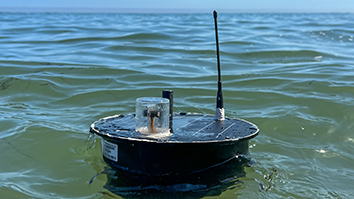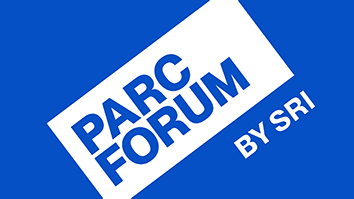Citation
J. Shi , Karp P.D. Evidence supporting predicted metabolic pathways for Vibrio cholerae: gene expression data and clinical tests. Nuc Acids Res, vol. 34, pp. 2438-44, 2006.
Abstract
Vibrio cholerae, the etiological agent of the diarrheal illness cholera, can kill an infected adult in 24 h. V.cholerae lives as an autochthonous microbe in estuaries, rivers and coastal waters. A better understanding of its metabolic pathways will assist the development of more effective treatments and will provide a deeper understanding of how this bacterium persists in natural aquatic habitats. Using the completed V.cholerae genome sequence and PathoLogic software, we created VchoCyc, a pathway-genome database that predicted 171 likely metabolic pathways in the bacterium. We report here experimental evidence supporting the computationally predicted pathways. The evidence comes from microarray gene expression studies of V.cholerae in the stools of three cholera patients [D. S. Merrell, S. M. Butler, F. Qadri, N. A. Dolganov, A. Alam, M. B. Cohen, S. B. Calderwood, G. K. Schoolnik and A. Camilli (2002) Nature, 417, 642–645.], from gene expression studies in minimal growth conditions and LB rich medium, and from clinical tests that identify V.cholerae. Expression data provide evidence supporting 92 (53%) of the 171 pathways. The clinical tests provide evidence supporting seven pathways, with six pathways supported by both methods. VchoCyc provides biologists with a useful tool for analyzing this organism’s metabolic and genomic information, which could lead to potential insights into new anti-bacterial agents. VchoCyc is available in the BioCyc database collection (http://BioCyc.org).


